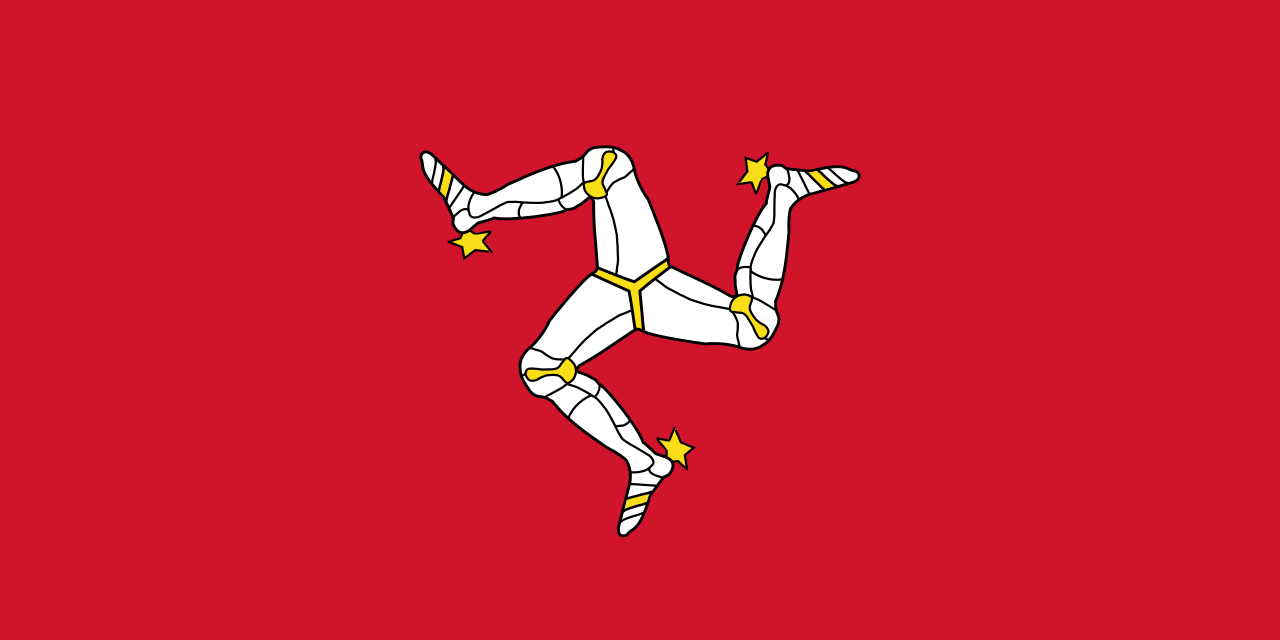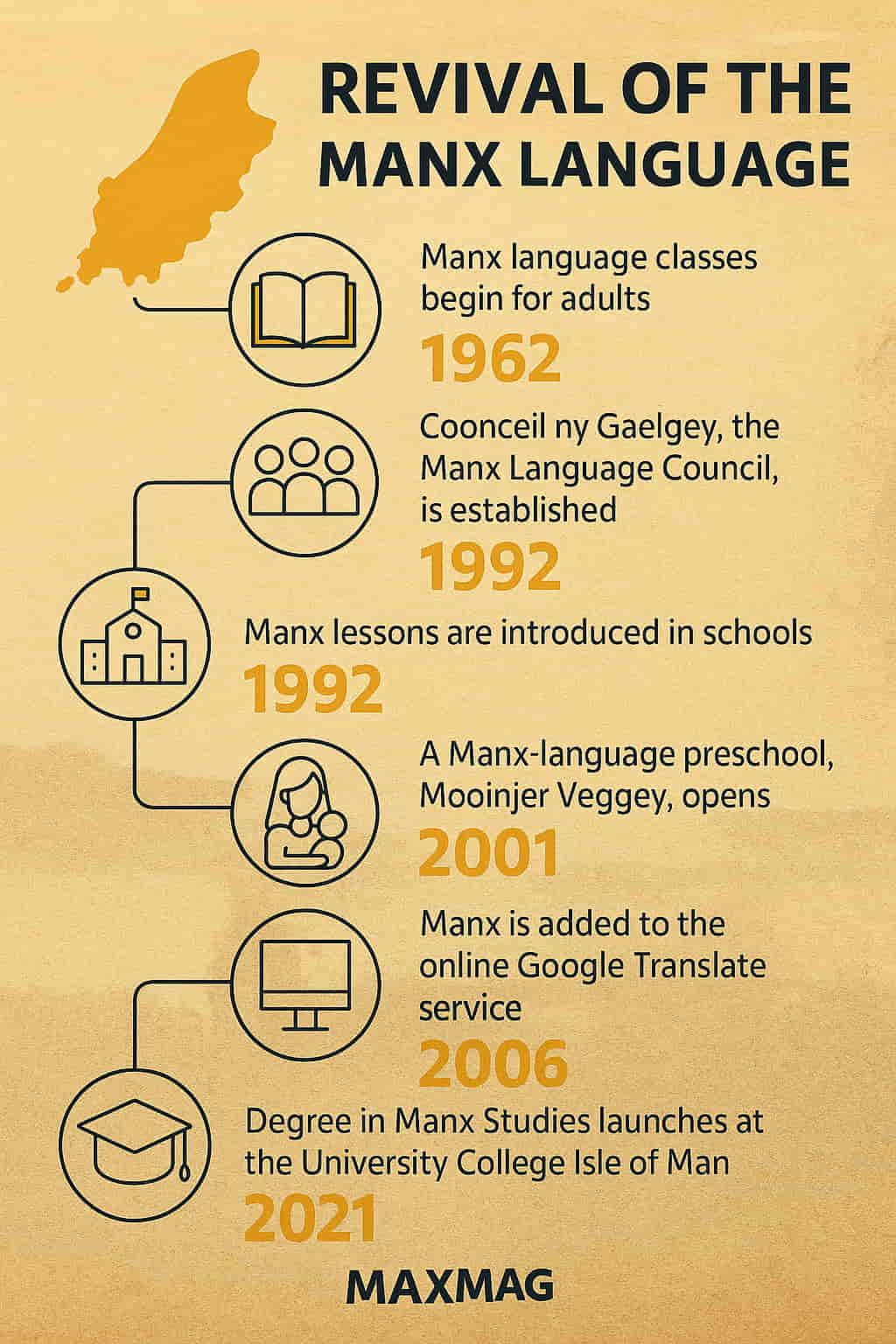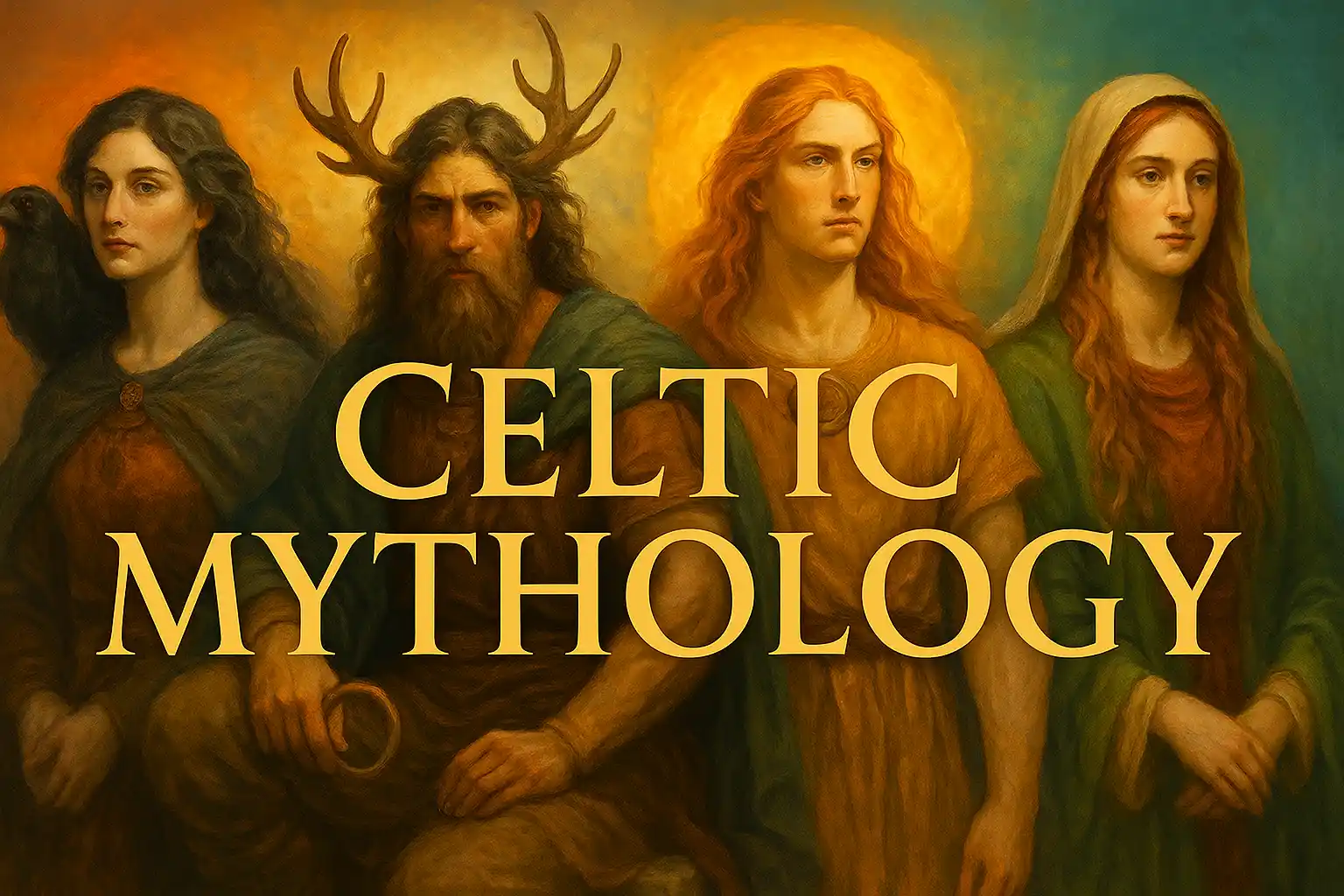
The revival of Manx language is one of the most inspiring examples of cultural resilience in the modern world. Once declared extinct, this ancient Celtic tongue from the Isle of Man has made a dramatic return, fueled by community passion, grassroots activism, education reforms, digital tools, and cultural pride. In a time when many minority languages are vanishing, Manx has defied the odds. Today, it lives again—not just in textbooks or recordings, but in homes, schools, music, and daily life.
This article takes an in-depth look at the incredible journey of Manx: its historic decline, the factors behind its near-erasure, the seeds of its revival, the people and policies behind its rebirth, and its future as a dynamic symbol of Manx identity.
What Is Manx?
Manx, or Gaelg as it’s called by speakers, is a Goidelic Celtic language indigenous to the Isle of Man, a small island nestled in the Irish Sea between Ireland and the UK. It belongs to the same linguistic family as Irish and Scottish Gaelic, and the three share many similarities in vocabulary and grammar.
Yet Manx developed its own personality over the centuries. While it remained mutually intelligible with its Gaelic cousins, it acquired unique features due to prolonged contact with Old Norse during Viking invasions and, later, English and French. These linguistic interactions created a layered vocabulary, distinctive idioms, and a pronunciation that set Manx apart.
A Historical Overview
Early Roots
Linguistic historians believe Manx began diverging from Old Irish sometime between the 10th and 13th centuries. During this period, Norse influence dominated much of the Isle of Man, and the language started absorbing Scandinavian terms. Later, as the island fell under English and Scottish control, Manx incorporated even more external vocabulary while retaining its Celtic grammatical base.
Oral Tradition and Religious Texts
For many centuries, Manx existed almost exclusively as an oral language. It wasn’t until the 18th century that printed materials began to appear. The most significant of these early texts were religious, including the translation of the Bible and the Book of Common Prayer. These publications helped standardize the written form of Manx, albeit in a spelling system heavily influenced by English orthography.
Decline Begins
The 19th century marked a turning point. The British education system, introduced on the island, promoted English exclusively. Manx was seen as backward, unfit for modern life, and was discouraged in schools and even at home. English became the language of opportunity and advancement, while Manx was relegated to the margins.
By the early 20th century, children were no longer learning Manx from their parents. The language had been pushed into the background, spoken mainly by elderly islanders in rural areas.
The Symbolic End: Death of the Last Native Speaker
In 1974, Ned Maddrell, a fisherman from the village of Cregneash, passed away. He was considered the last native speaker of Manx, and with his death, many linguists considered the language extinct. UNESCO later formalized this view by listing Manx as “extinct” in its Atlas of the World’s Languages in Danger.
But this obituary came too soon. Unknown to many, efforts to preserve and revitalize Manx were already quietly underway.
The Revival of Manx Language
How Did the Revival Begin?
The revival of Manx language didn’t happen overnight. It began with individuals and small communities determined to keep their heritage alive. Even as native speakers disappeared, a handful of language enthusiasts—often with no formal training—recorded interviews, transcribed old stories, and collected vocabulary.
One of the earliest institutions in this effort was the Manx Language Society (Yn Çheshaght Ghailckagh), founded in 1899. It worked tirelessly to protect what was left, even as the number of speakers continued to shrink.
Role of Audio Archives
The late 20th century saw a burst of activity in preserving spoken Manx through audio recordings. Linguists from Ireland, the UK, and the U.S. traveled to the Isle of Man to record the last remaining speakers. These recordings became invaluable tools for future learners and helped standardize pronunciation and grammar.
Education as a Revival Engine
Perhaps the most powerful tool in the revival has been education. In 2001, the Isle of Man opened Bunscoill Ghaelgagh, the first primary school where Manx is the medium of instruction. Children are now taught math, science, and history entirely in Manx. In less than a generation, this has produced a new cohort of fluent young speakers—arguably the first since the 1800s.
The school also serves as a cultural hub. Students participate in traditional Manx music, dance, and storytelling, creating an immersive environment where language and identity reinforce each other.

Manx in Modern Life
Public Signage and Media
As part of its revitalization strategy, the Isle of Man government began incorporating bilingual signage throughout the island. Street names, government buildings, and public instructions now appear in both English and Manx. This visibility helps normalize the language for both locals and tourists.
Radio stations such as Manx Radio broadcast weekly programs in Manx, while digital platforms stream interviews, poems, and songs. Manx has also found a home on social media, with users posting memes, news, and commentary in the language.
Pop Culture and Music
Contemporary Manx bands and solo artists often incorporate the language into their lyrics, mixing traditional forms with modern genres. The band Barrule, for example, blends Manx folk with Celtic rock, reaching new audiences and rekindling interest among youth.
This artistic movement has been vital in making the revival of Manx language feel modern, vibrant, and emotionally resonant—not merely an academic or institutional exercise.
Language Features That Make Manx Unique
Vocabulary and Syntax
While the grammar of Manx retains many Goidelic features such as initial consonant mutations and VSO (verb-subject-object) sentence order, it also includes distinctive elements. For instance, many words for modern objects and ideas are adapted from English but with a Celtic twist in pronunciation and spelling.
Pronunciation and Spelling
Unlike Irish and Scottish Gaelic, Manx adopted an orthography closer to English, making it slightly easier for English speakers to learn. However, the pronunciation still reflects older Celtic patterns, with a strong emphasis on broad and slender consonants.
Institutions Behind the Revival
The success of the revival of Manx language owes much to several key institutions:
-
Culture Vannin: A government-funded body supporting Manx through media, research, grants, and events.
-
Coonceil ny Gaelgey: The Manx Language Council, which oversees terminology development and standardization.
-
Learn Manx: An online platform offering free courses, podcasts, and digital dictionaries.
These organizations ensure that the language is not only preserved but actively promoted in all sectors of life.
Visit Learn Manx
Explore Culture Vannin
Why the Revival Matters
National Identity and Pride
Language is a powerful expression of identity. For the people of the Isle of Man, bringing back Manx is about more than communication—it’s about reclaiming their unique place in the world. As globalization threatens to homogenize local cultures, Manx stands as a bold declaration of difference.
Economic and Tourism Impact
Language has also become part of the Isle of Man’s branding. Tourists visiting the island encounter a bilingual experience that feels authentic and rooted. This cultural richness is increasingly valuable in an age where travelers seek more meaningful and localized encounters.
Current Challenges
Despite tremendous progress, the revival of Manx language is still fragile. The number of fluent speakers remains small, and most are second-language learners. The biggest challenges ahead include:
-
Retention: Ensuring that school-learned Manx continues into adulthood.
-
Intergenerational transmission: Encouraging families to speak Manx at home.
-
Funding: Securing sustainable support for language programs and teachers.
Manx is no longer “dead,” but it requires continuous care to keep it alive and evolving.
Global Context and Inspiration
The Manx revival serves as a model for other endangered languages. From Cornish in the UK to Ainu in Japan, communities around the world have drawn lessons from the Isle of Man. The Manx experience shows that with the right tools, local leadership, and a passionate public, linguistic miracles can happen.
For broader context, UNESCO tracks language vitality in its Atlas of the World’s Languages in Danger, where Manx is now listed as “revived.”
FAQ Section
What is the current status of the Manx language?
Manx is classified as “revived” but still endangered. An estimated 2,200 people speak it to varying degrees, and the number of fluent young speakers is growing.
How can I learn Manx?
Online platforms like Learn Manx offer free courses, podcasts, and dictionaries. In-person classes are also available on the Isle of Man.
Was Manx ever really extinct?
While the last native speaker died in 1974, a core group of learners and activists kept the language alive. UNESCO once listed it as extinct, but that status has been updated to reflect its revival.
Why is Manx spelling so different from Irish or Scottish Gaelic?
Manx adopted an English-style orthography during its early printing history. This makes reading easier for English speakers but separates it visually from other Gaelic languages.
How is the language being used in schools?
The primary school Bunscoill Ghaelgagh teaches all subjects in Manx. Other schools offer it as a second language. Students also engage in cultural activities to reinforce language use.




